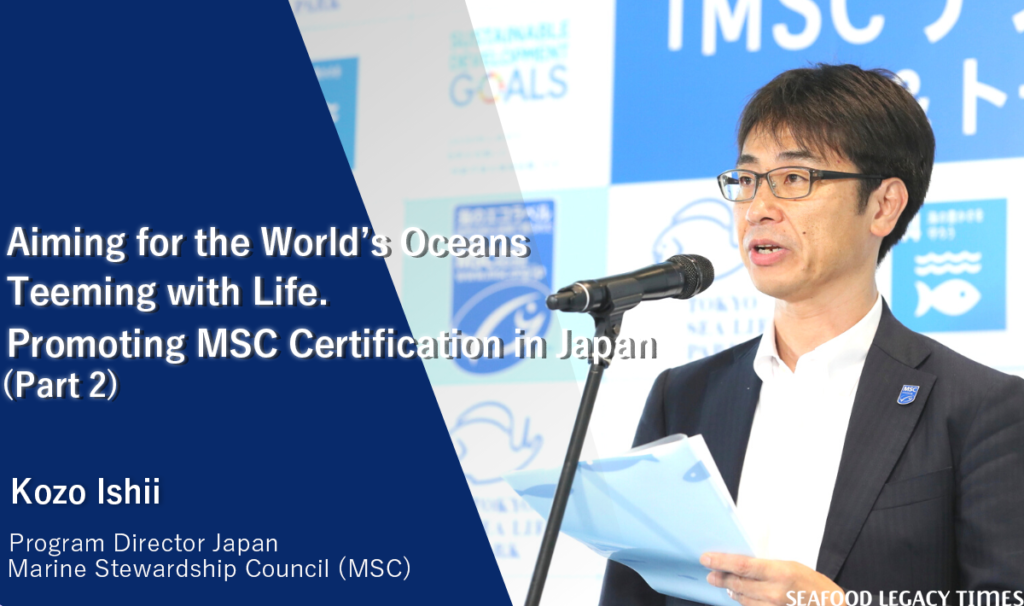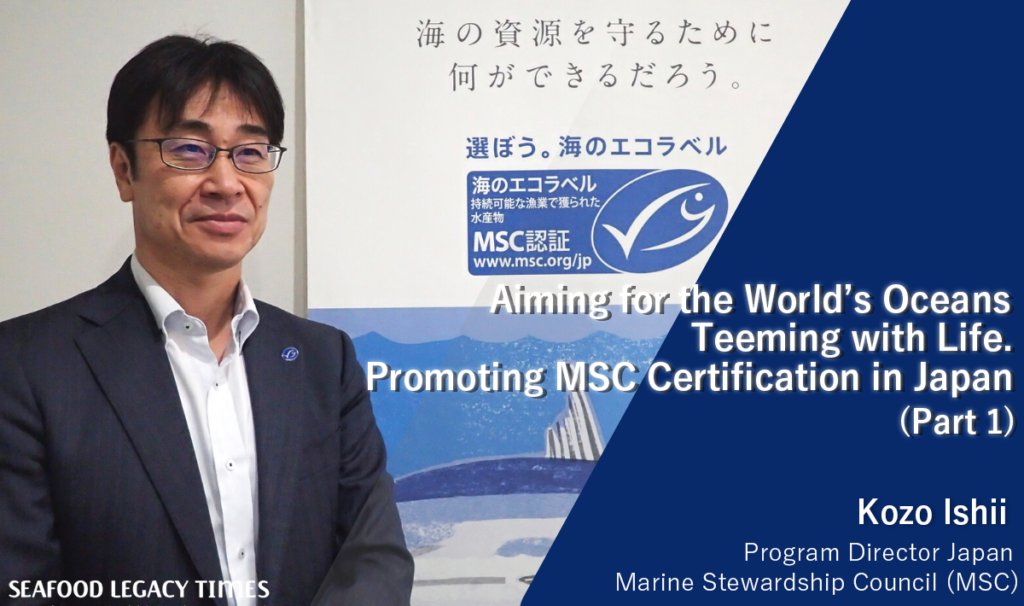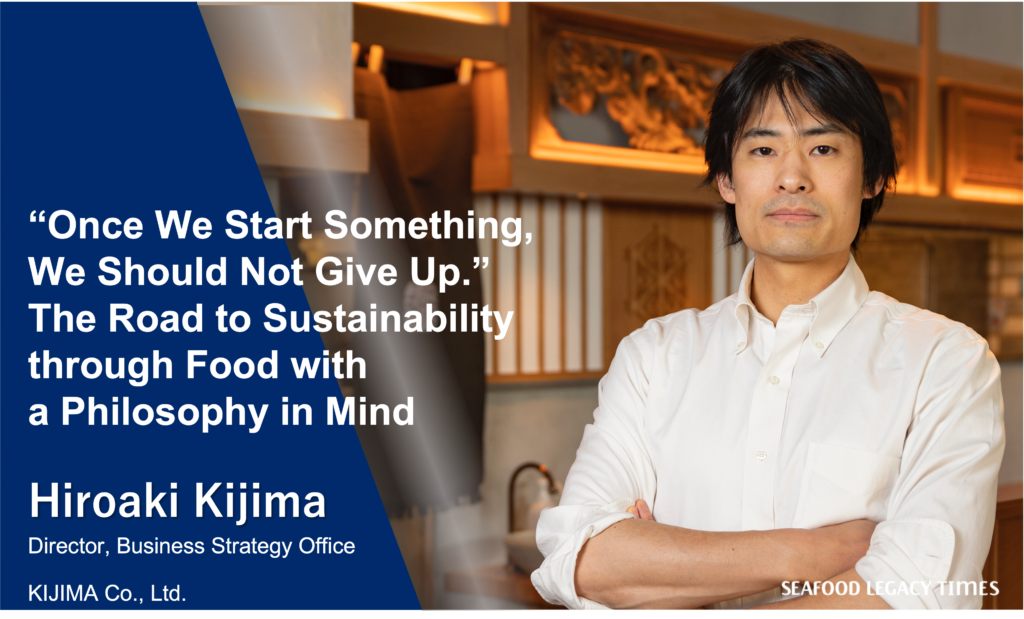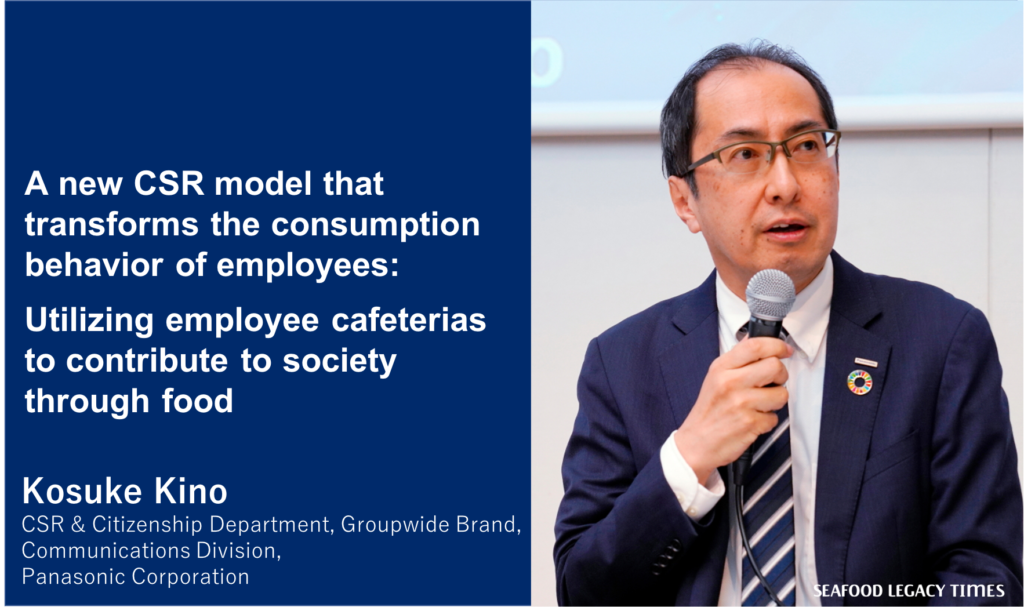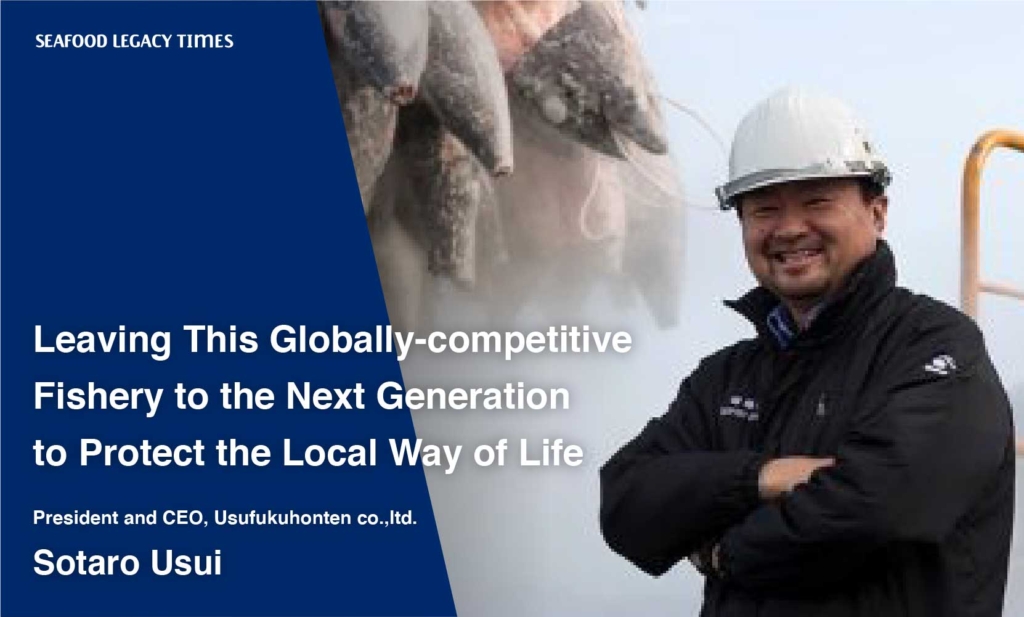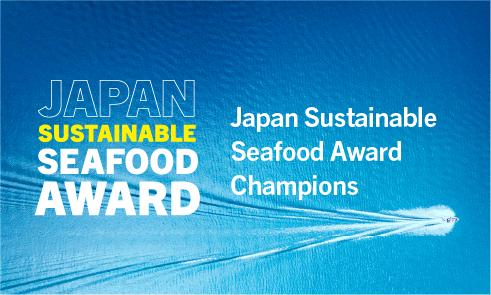
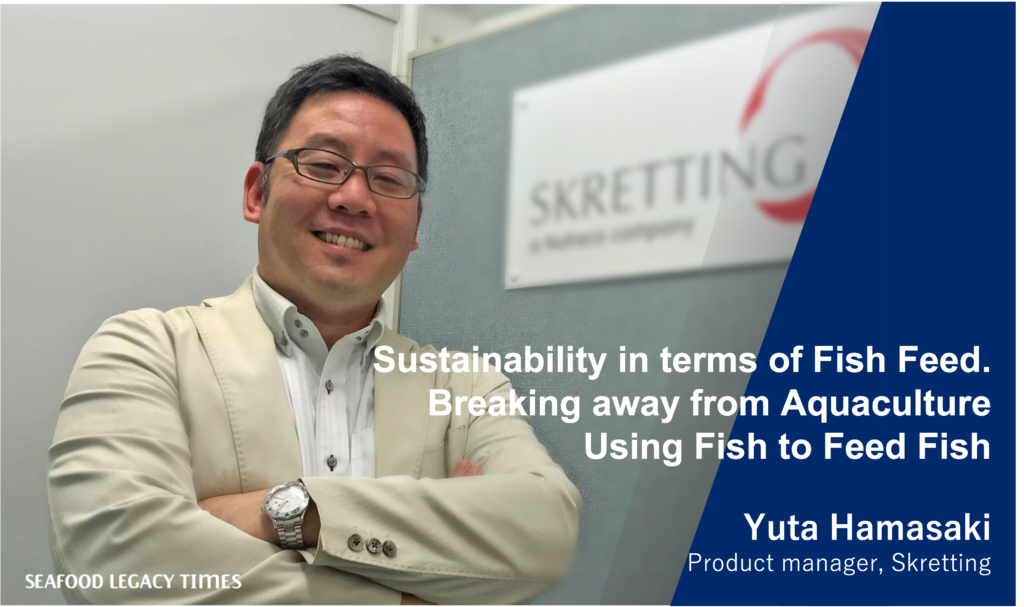
As a solution to the problem of decreasing wild fish populations, the demand for aquaculture is growing worldwide. Already over half of all seafood products produced worldwide are farmed through aquaculture, and this momentum will continue to grow. But is the feed used in aquaculture sustainable?
With its corporate group’s head office located in Norway, Skretting is one of the only sustainable producers of aquaculture feeds in Japan. This time I spoke with Yuta Hamasaki, who worked on the development and sales of “New Sustain,” one of Skretting’s leading products (as of March 2021).
What has been Skretting’s source of motivation to continue working towards creating sustainable feed, even before the word “sustainability” became widespread? How has Skretting overcome difficulties related to cost? And what is needed for the future aquaculture industry?
— Can you tell me about Skretting’s sustainability initiatives?
We are working on manufacturing and selling sustainable aquaculture feed.
In order to create sustainable feed, it is important to reduce the amount of fishmeal that is used. Fishmeal is just what it sounds like: dried fish ground into a powder. This was the main ingredient in traditional aquaculture feeds.
However, as the world population of humans has grown, the demand for fish has increased and our fishery resources are being depleted at an astonishing rate. It is as plain as day that using fish to feed fish is not a sustainable option. No matter how you look at it, producing feed that completely relies on fishmeal has reached its limit. This is why ever since the 2000s we have been working to develop our own unique aquaculture feeds that use less fishmeal.
Please keep in mind that we are not claiming to reduce fishmeal use to zero. Technologically speaking, it is possible, but from the perspective of sustainability and cost, there are no real benefits to getting rid of fishmeal entirely.
For instance, if the fish has been verified as a sustainable fishery resources, such as Peruvian anchovies which have been MarinTrust-certified, then I believe it is not a big problem to use those fish to make fishmeal. Another effective strategy is to reuse the bones, internal organs, heads, and other inedible parts from the fish that we eat. In fact, we are also proactive in using fishmeal made from processing residue, but we try to make sure that those raw ingredients also come from sustainable sources.
Conversely, we have to avoid ingredients that come from illegal, unreported, and unregulated (IUU) fishing. Among developed countries, Japan’s proportion of IUU fishing is extremely high, but we try not to use ingredients sourced from IUU fishing because they go against the principles of sustainability.
Of course, we pay close attention not only to fishmeal but also to our plant-based ingredients as well. There is no way something can be called sustainable if it uses ingredients like soy or palm oil that were grown in areas where tropical rainforests were cut down.
Unfortunately, we are the only aquaculture feed manufacturer in Japan that is taking these things into consideration. One of the main factors that influenced our decision to work on sustainable aquaculture feed ahead of other companies in Japan is the fact that we are a foreign company with a head office located in Europe. The sustainable feed has been the standard in Europe for over 10 years, and as a result, we were able to develop it in Japan more quickly. I would have to say Japan is extremely behind in this field.

–Have you always been interested in sustainability?
No, not at all. I studied at Tokyo University of Fisheries (now Tokyo University of Marine Science and Technology), but my reason for applying was simply because I liked the ocean and I liked fish. I grew up in Fukuoka Prefecture and I loved fishing from a young age. I figured if I was going to study something, it would be the ocean and fish. The only reason I majored in fish nutrition science, which is what led me to my current job, was because it was one of the few departments with a lab that kept live fish.
That was really the only reason, but right away I became absorbed in the research of fish feed. It was fascinating that by just altering the formulation of the feed, there would be real changes in the fish’s growth. I realized that this is what I wanted to do for a living, and I decided on Skretting (formerly Yamaha Nutreco Aquatech) because they specialized in fisheries.
When I joined the company in 2002, Skretting had already made their company policy “There will be no future unless we reduce fishmeal.” As I mentioned before, this was already the norm in Europe.
But as for myself and the sales team close to the aquaculture farm, having to consider sustainability felt like a ball and chain. That is because if we reduced fishmeal, our products would be less affordable for consumers. When comparing two types of fishmeal that had the same positive effects on fish, the low-fishmeal type was always more expensive than the regular type. Those with no interest in sustainability would see our product simply as overpriced fish feed. I didn’t think we stood a chance against our competitors.
Nevertheless, swept away by the company’s passionate insistence of “reducing fishmeal no matter what,” I started developing a new low-fishmeal feed. In the end, I succeeded in reducing the fishmeal content, which was 50% in conventional feeds, down to 40%. I named my product “Sustain,” and commercialized it. Sustain was launched in 2007, for sale in Japan as well.
But it was a total flop. As I had feared, hardly anyone chose Sustain simply for its low-fishmeal content.

–Did you feel like giving up at that time?
To be honest, I was quite crushed. However, the price of fishmeal is affected by the catch volume and the price tends to skyrocket at regular intervals. I knew that the price of fishmeal would most likely go up again in 2010. If I chose the right timing, I thought my low-fishmeal feed would be able to beat out other feeds with its lower price. Based on this prediction, I was able to get another chance. After all, the company’s policy was to reduce fishmeal no matter what.
Around this time, I had a change in my way of thinking. I used to believe that using fishmeal was necessary for fish to grow properly. But I was rebuked by one of my seniors, a Korean who graduated from the same university, who said to me “Hamasaki-kun, that is not fish nutrition science.The fish nutrition science is about finding a way to raise fish on things other than fish. And it’s our job to work hard and find a way.” That really hit me hard. I was embarrassed by how simplistic my way of thinking had been. I still remember it well to this day.
After this experience, I created “New Sustain.” I went even further than I had with Sustain, and brought the fishmeal content down to 30%. At the time, this amount was unheard of, and it became a topic of discussion in the industry. People were saying, “Can you really raise fish with such a low percentage of fishmeal?” Nevertheless, I was confident that this time my product would sell.
As it turned out, New Sustain was a big hit. My prediction about the surge in fishmeal prices was correct, so New Sustain outperformed other companies in terms of value for money.
But New Sustain wasn’t being praised for its low fishmeal content. It was praised for its affordability. When some company’s president would tell me things like, “We buy New Sustain because it’s an inexpensive yet high-quality feed,” on the one hand I was pleased, but on the other hand I was gripped by an unspeakable fear. If high-fishmeal feed became cheap again, the tables would turn quite quickly. In 2011, there was still hardly anyone who valued sustainability in and of itself.

–When did sustainability start to gain recognition in the Japanese market?
It was in 2012. The International Olympic Committee announced that seafood provided for athletes must meet certain standards such as ASC certification, and immediately the tides began to turn. It was obvious to everyone that the 2020 Tokyo Olympics and Paralympics would have even higher standards, so honestly, I saw it as a business chance.
In fact, many aquaculture companies in Japan trying to gain ASC certification started to use our feed. Following this trend, the idea of opting for sustainable feed when the price is the same started to take hold in Japan, albeit gradually.
Recently we have been offering support to farmers that are trying to gain ASC certification. The biggest obstacle to acquiring ASC certification is the complicated paperwork. If they are able to overcome that obstacle, actually most producers in Japan would be making great strides towards certification.
We believe that if we use our knowledge gleaned from engaging in ASC certification inspections, we can help make the process of gaining certification go more smoothly for producers. As part of our sales support, we offer this service for free.

–What do we need for Japan’s seafood industry to become more sustainable in the future?
The first thing that feed manufacturers like us need to work on is rethinking traceability standards. Under the current Japanese laws, a product’s processing location is considered its place of origin. In other words, even if the fish are caught overseas, if the fishmeal is processed in Japan it can be considered “made in Japan.” This makes it hard to find out the true place of origin, and we might end up inadvertently using ingredients that are problematic from a sustainability perspective. I think we are reaching a point where the whole industry needs to rethink the true meaning of traceability.
I’d also like to make a request to other feed manufacturers to play a more active role in the development and sales of sustainable feeds. Currently, we are still one of the only manufacturers in Japan that provides sustainable feeds. I don’t think that such a monopoly is a good thing. In order for producers to provide feed that is more sustainable and good value for money, we should let market forces play out. In order to protect the aquaculture industry 30 years from now, I think we all need to work together.
When we think about the sustainability of the aquaculture industry as a whole, it may become necessary to rethink the structure of the industry. The aquaculture industry is actually very cost-intensive. Tens of millions to hundreds of millions of yen a year are spent just for feed. This certainly might lead to a burnout of the entire industry. In order for Japan’s aquaculture industry to improve its sustainability, I believe it is essential for us to create a system that efficiently streamlines human resources, material resources, and financial resources, and to actively work towards things like breed improvement.
Yuta Hamasaki
Product Manager, Skretting Co., Ltd. (as of March 2021)
Yuta Hamasaki studied fish nutrition science at Tokyo University of Fisheries (now Tokyo University of Marine Science and Technology), and after completing his master’s degree in 2002, he joined Yamaha Nutreco Aquatech (now Skretting). After involvement in sales, mixture design, and R&D for aquaculture feeds, he is now engaged in product strategy as a product manager. He learned about ASC certification at the 3rd Seriola and Cobia Aquaculture Dialogue in 2013 and has been passionate about providing feeds that are ASC compatible ever since. Currently, he is involved not only in providing ASC certified feeds but also takes part in comprehensive support such as supporting Aquaculture Improvement Projects (AIP). He is making a daily effort to improve sustainability in the aquaculture industry.










-1024x606.png)



_-1024x606.png)

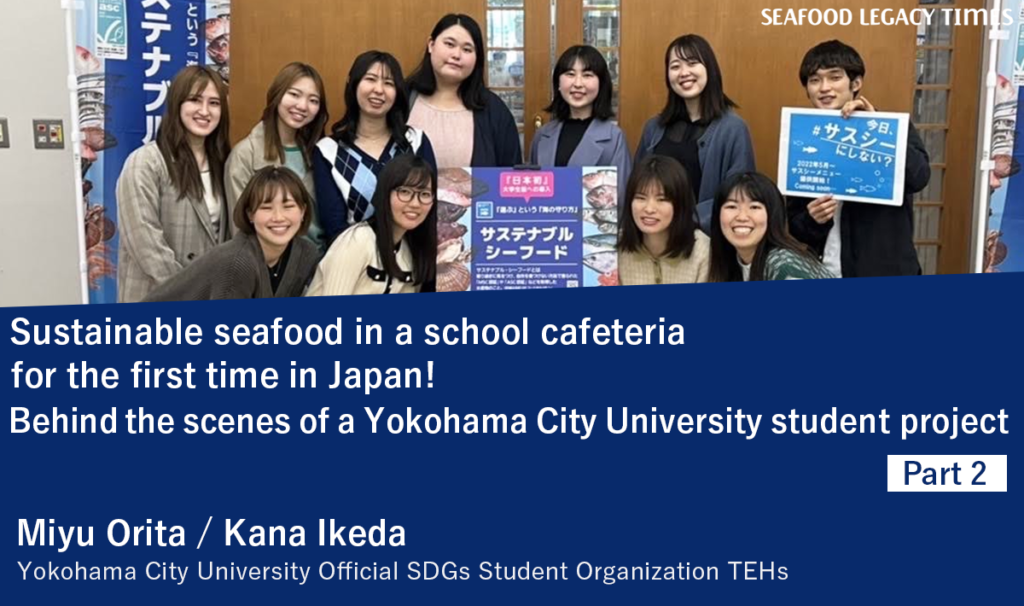
















1_修正524-1024x606.png)















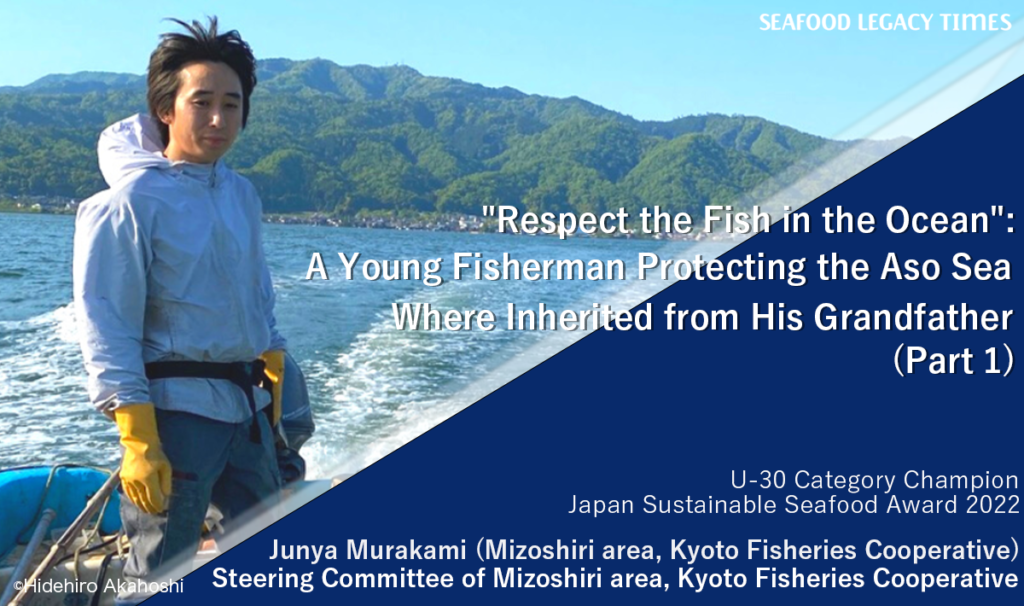
.2-1024x606.png)

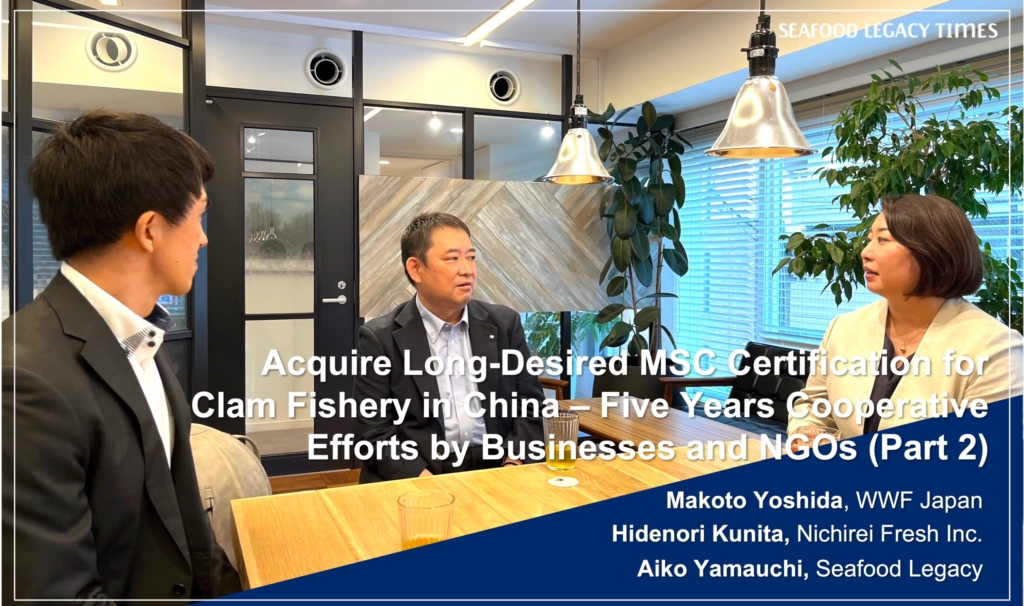











2-1024x606.png)
-1-1024x606.png)
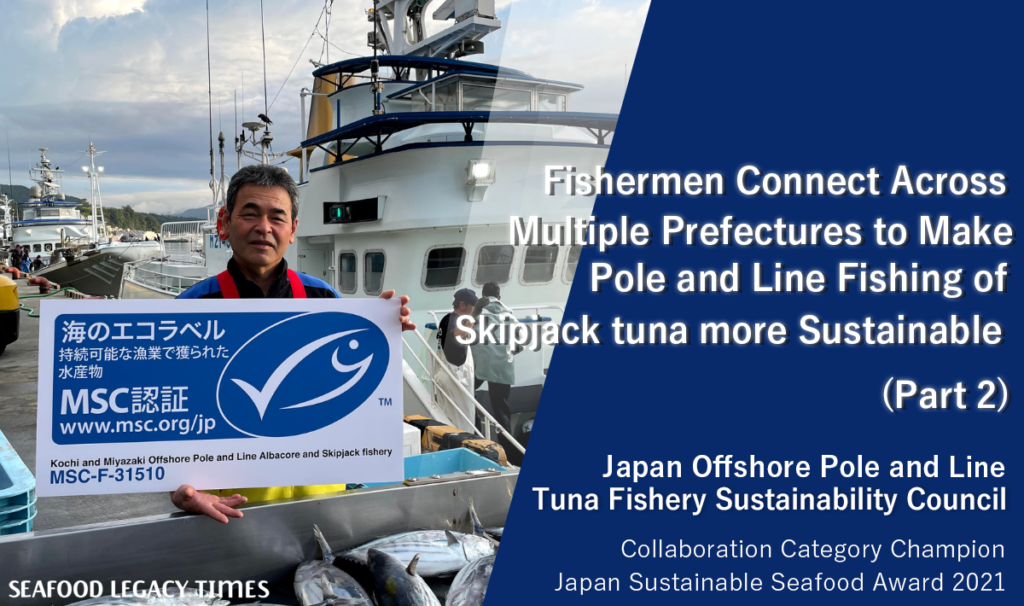
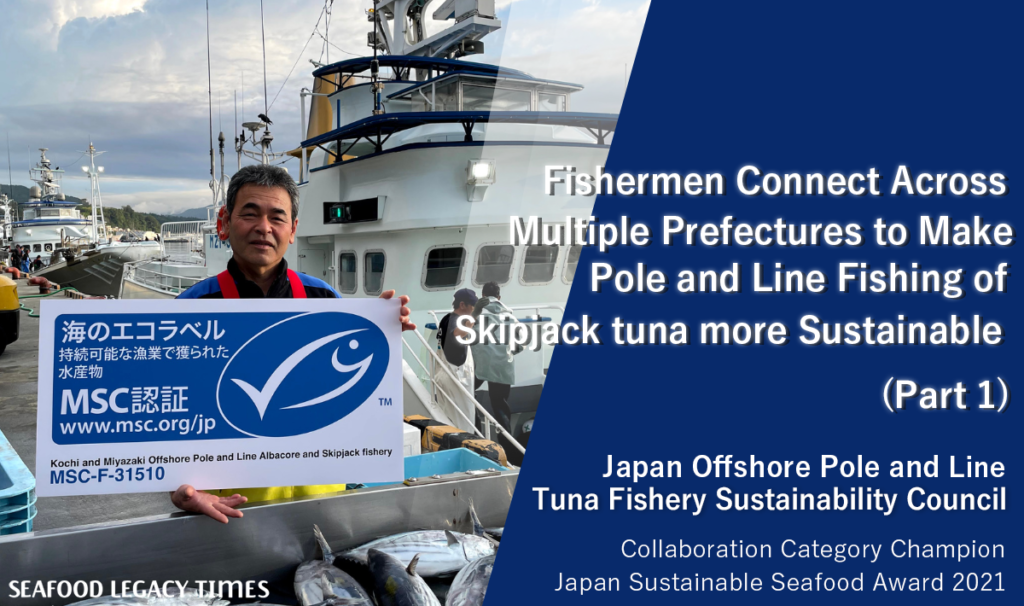


Part2-1024x606.png)
Part1-1024x606.png)
